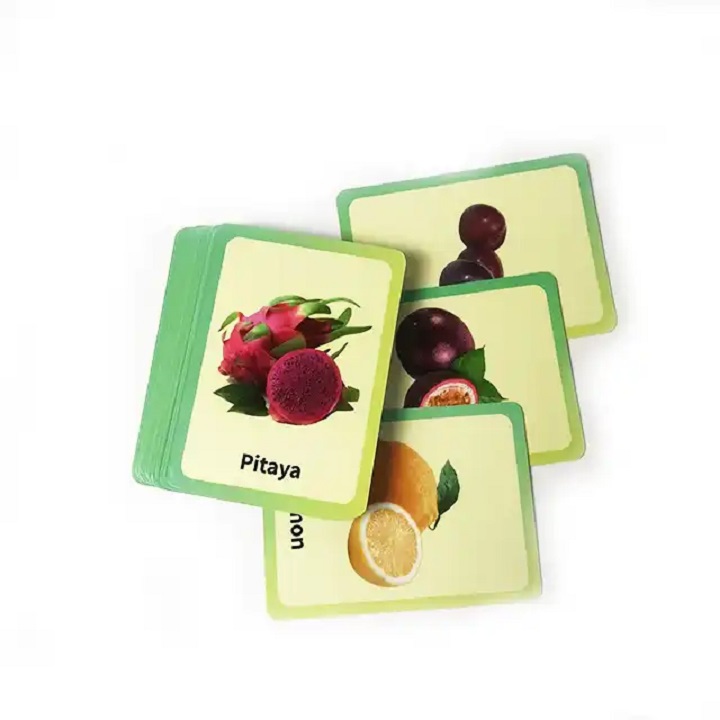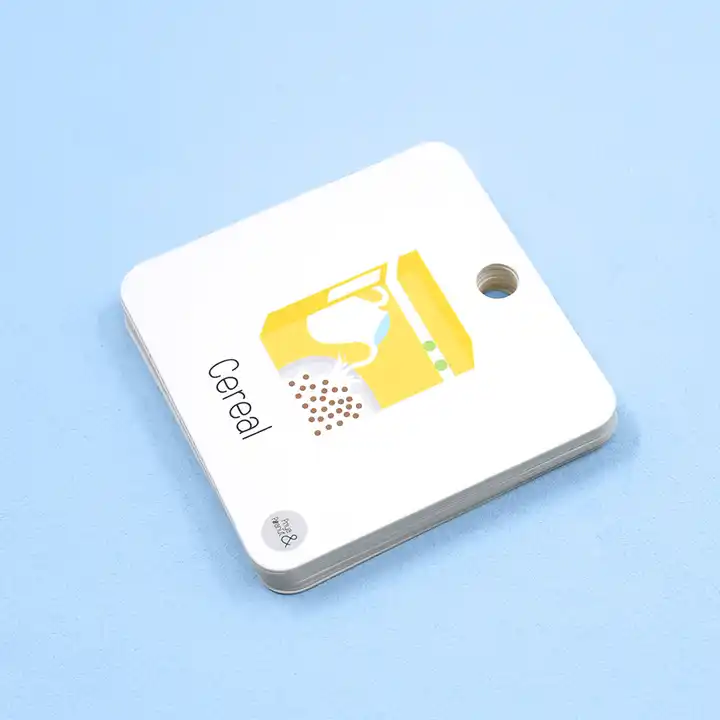Content Menu
● Introduction
● What Are Flashcards?
● Benefits of Using Flashcards
● How to Create Flashcards
>> Step 1: Gather Your Materials
>> Step 2: Determine Your Content
>> Step 3: Write Your Flashcards
>> Step 4: Incorporate Visuals
>> Step 5: Organize Your Flashcards
>> Step 6: Review Regularly
● Techniques for Using Flashcards Effectively
>> Spaced Repetition
>> Active Engagement
>> Shuffle Regularly
>> Use Mnemonics
>> Test Yourself
● Digital vs. Physical Flashcards
● Advanced Techniques for Enhanced Learning
>> The Leitner System
>> Collaborative Learning
>> The Feynman Technique
● Common Mistakes When Using Flashcards
● Conclusion
● Related Questions
>> 1. How do I make digital flashcards?
>> 2. What is spaced repetition?
>> 3. Can I use images on my flashcards?
>> 4. How often should I review my flashcards?
>> 5. Are there any recommended apps for creating flashcards?
● Citations:
Introduction
Flashcards are a versatile and effective study tool that can enhance learning and retention of information. They are particularly useful for memorizing vocabulary, concepts, formulas, and other information that requires active recall. In this article, we will explore how to create, use, and optimize flashcards for effective studying. We will also discuss various techniques to maximize their effectiveness and address common questions regarding flashcard usage.

What Are Flashcards?
Flashcards are simple cards that have a question or term on one side and the answer or definition on the other. This format encourages active recall, a powerful learning technique where you actively stimulate your memory during the learning process. Flashcards can be created physically using index cards or digitally using various applications.
Benefits of Using Flashcards
1. Active Recall: Flashcards promote active engagement with the material, which is more effective than passive study methods like reading or highlighting.
2. Spaced Repetition: They can be used in conjunction with spaced repetition systems (SRS), which help reinforce memory over increasing intervals.
3. Portability: Flashcards are easy to carry around, making it convenient to study anywhere.
4. Customizable: You can tailor flashcards to your specific learning needs by including images, colors, and personal notes.
5. Engagement: The interactive nature of flashcards makes studying more engaging compared to traditional methods.
How to Create Flashcards
Step 1: Gather Your Materials
- Physical Flashcards: You will need index cards or cardstock paper.
- Digital Flashcards: Choose a flashcard app like Anki, Quizlet, or Cram.
Step 2: Determine Your Content
Identify the information you want to learn. This could include vocabulary words, historical dates, scientific concepts, or anything else that requires memorization. It's essential to focus on key concepts rather than overwhelming yourself with too much information at once.
Step 3: Write Your Flashcards
- Front Side: Write a question, term, or keyword.
- Back Side: Write the answer or definition.
For example:
- Front: "Photosynthesis"
- Back: "The process by which green plants use sunlight to synthesize foods from carbon dioxide and water."
Step 4: Incorporate Visuals
If applicable, add images or diagrams to your flashcards. Visual aids can enhance memory retention by providing additional context. For instance, if you're studying anatomy, including diagrams of human organs can help solidify your understanding.
Step 5: Organize Your Flashcards
Group your flashcards by topic or difficulty level. This helps you focus on areas where you need more practice. You might create separate stacks for different subjects or themes, allowing for targeted review sessions.
Step 6: Review Regularly
Set aside time each day to review your flashcards. Consistent practice is key to retaining information long-term. Consider using a timer to keep your sessions focused and efficient.
Techniques for Using Flashcards Effectively
Spaced Repetition
Utilize spaced repetition algorithms to optimize your study sessions. Review flashcards at increasing intervals based on how well you remember each card. This method reinforces learning and helps combat forgetting. Many digital flashcard apps incorporate spaced repetition features automatically.
Active Engagement
When reviewing flashcards, try to recall the answer before flipping the card over. This active engagement strengthens memory pathways. You can also verbalize your answers or write them down for added reinforcement.
Shuffle Regularly
Change the order of your flashcards frequently to prevent memorization based solely on order rather than content understanding. This technique encourages deeper learning as you must rely on your knowledge rather than the sequence of cards.
Use Mnemonics
Incorporate mnemonic devices into your flashcard content to aid memory retention. For instance, create acronyms or rhymes related to the information you are trying to memorize. These creative associations can make recall easier and more enjoyable.
Test Yourself
Periodically test yourself using only the front side of the flashcard before checking the back side. This self-testing reinforces learning and boosts confidence. You might even consider turning some review sessions into games with friends or study partners for added motivation.
Digital vs. Physical Flashcards
| Feature |
Physical Flashcards |
Digital Flashcards |
| Portability |
Easy to carry but bulkier |
Accessible on multiple devices |
| Customization |
Limited to handwriting |
Highly customizable with multimedia |
| Tracking Progress |
Difficult to track |
Many apps provide analytics and progress tracking |
| Sharing |
Harder to share |
Easily shared with others |
| Multimedia Options |
Limited |
Can include audio, video, and images |
Both physical and digital flashcards have their advantages and disadvantages; choosing between them often comes down to personal preference and study habits.

Advanced Techniques for Enhanced Learning
The Leitner System
The Leitner system is a popular method of using flashcards that incorporates spaced repetition principles effectively. In this system:
1. Organize Cards into Boxes: Divide your flashcards into different boxes based on how well you know each card.
2. Review Frequency: Cards in Box 1 are reviewed daily; those in Box 2 every few days; Box 3 every week; and so forth.
3. Move Cards Between Boxes: If you answer a card correctly, it moves up a box; if you get it wrong, it goes back down.
This method ensures that you spend more time on challenging material while still reviewing what you know well.
Collaborative Learning
Consider forming study groups where participants create and share their own flashcard sets on specific topics. This collaborative approach not only diversifies the material but also provides different perspectives on how to understand concepts better.
The Feynman Technique
Named after physicist Richard Feynman, this technique involves teaching what you've learned as if explaining it to someone else (or even just an imaginary audience). Create flashcards that prompt you to explain concepts in simple terms rather than just recalling definitions.
Common Mistakes When Using Flashcards
1. Overloading Information: Writing too much information on a single card can be overwhelming and counterproductive.
2. Ignoring Weak Areas: Focusing only on cards you know well instead of addressing weaker areas can hinder overall learning.
3. Neglecting Review Sessions: Inconsistent review practices lead to forgetting material over time.
4. Not Personalizing Content: Using generic content instead of personalizing it can make studying less engaging.
5. Failing to Update Cards: As you learn more about a topic, ensure that your flashcard content reflects your current understanding.
Conclusion
Flashcards are an invaluable tool for learners of all ages and subjects. By creating effective flashcards and employing strategies such as spaced repetition and active engagement, you can significantly enhance your study sessions and improve retention of information. Whether you choose physical cards or digital formats, consistency in practice and review is key.
Incorporating advanced techniques like the Leitner system or collaborative learning can further elevate your study experience, making it not just effective but also enjoyable. Remember that the goal is not just to memorize but also to understand deeply so that you can apply knowledge in real-world scenarios.

Related Questions
1. How do I make digital flashcards?
You can use apps like Anki or Quizlet to create digital flashcards easily by entering terms and definitions into their platforms.
2. What is spaced repetition?
Spaced repetition is a learning technique that involves reviewing material at increasing intervals over time to improve long-term retention.
3. Can I use images on my flashcards?
Yes, incorporating images can enhance memory retention by providing visual context alongside textual information.
4. How often should I review my flashcards?
Reviewing your flashcards daily initially is beneficial; however, as you become more familiar with the material, you can extend review intervals based on your comfort level with each card.
5. Are there any recommended apps for creating flashcards?
Popular apps include Anki, Quizlet, Cram, and Brainscape, each offering unique features for creating and studying flashcards effectively.
Citations:
[1] https://create.microsoft.com/en-us/learn/articles/create-printable-flashcards-word
[2] https://github.com/dongjun111111/notes/blob/master/%E5%89%8D%E7%AB%AF/%E5%89%8D%E7%AB%AF%E7%9B%B8%E5%85%B3.txt
[3] https://flashcardsandstationery.com/how-to-make-flashcards-step-by-step/
[4] https://www.bjsxt.com/javamianshiti.html
[5] https://www.cnblogs.com/apachecn/p/18522855
[6] https://13115299.s21i.faiusr.com/61/1/ABUIABA9GAAg0OWEnQYogOGmeA.pdf
































